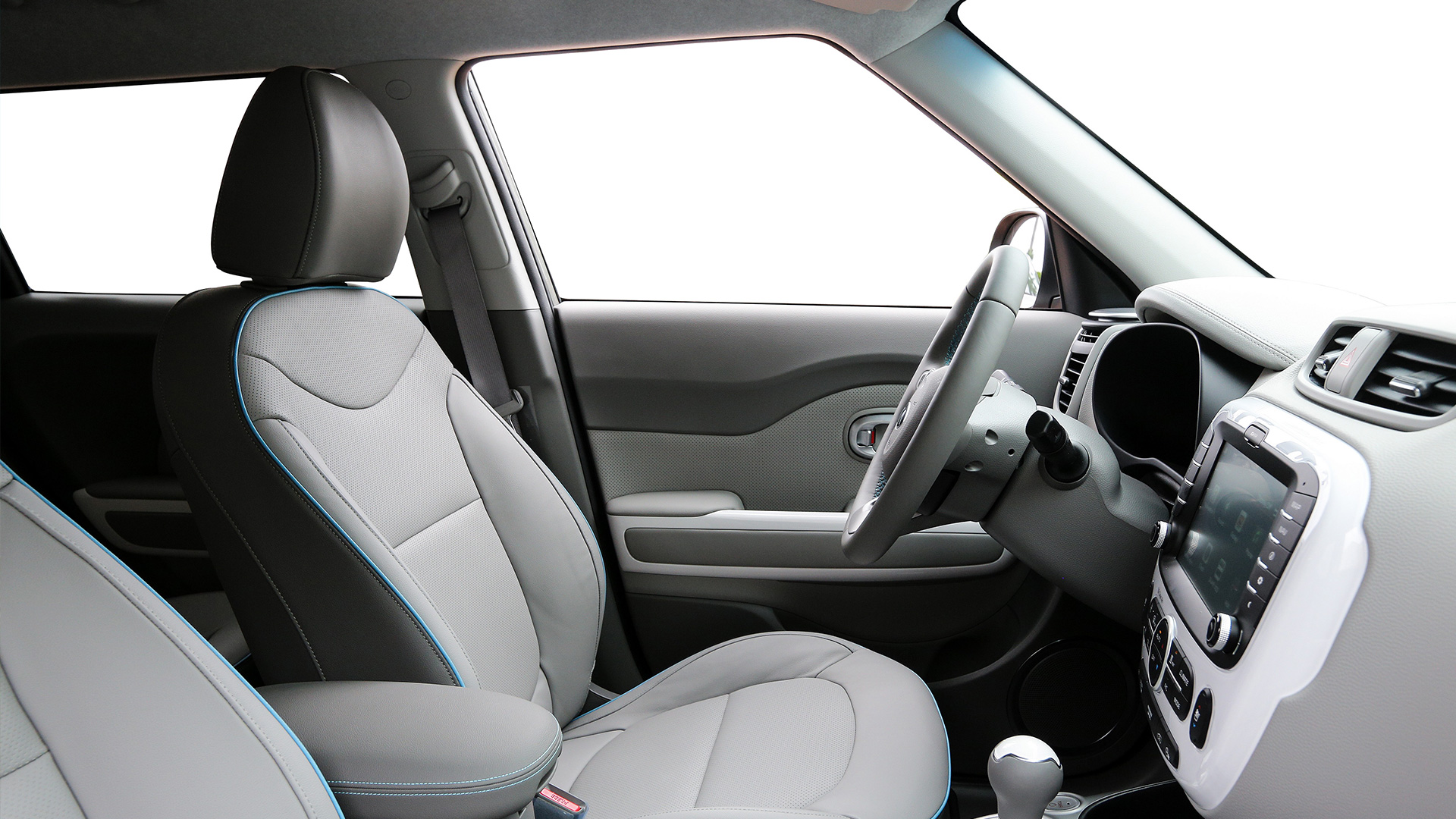
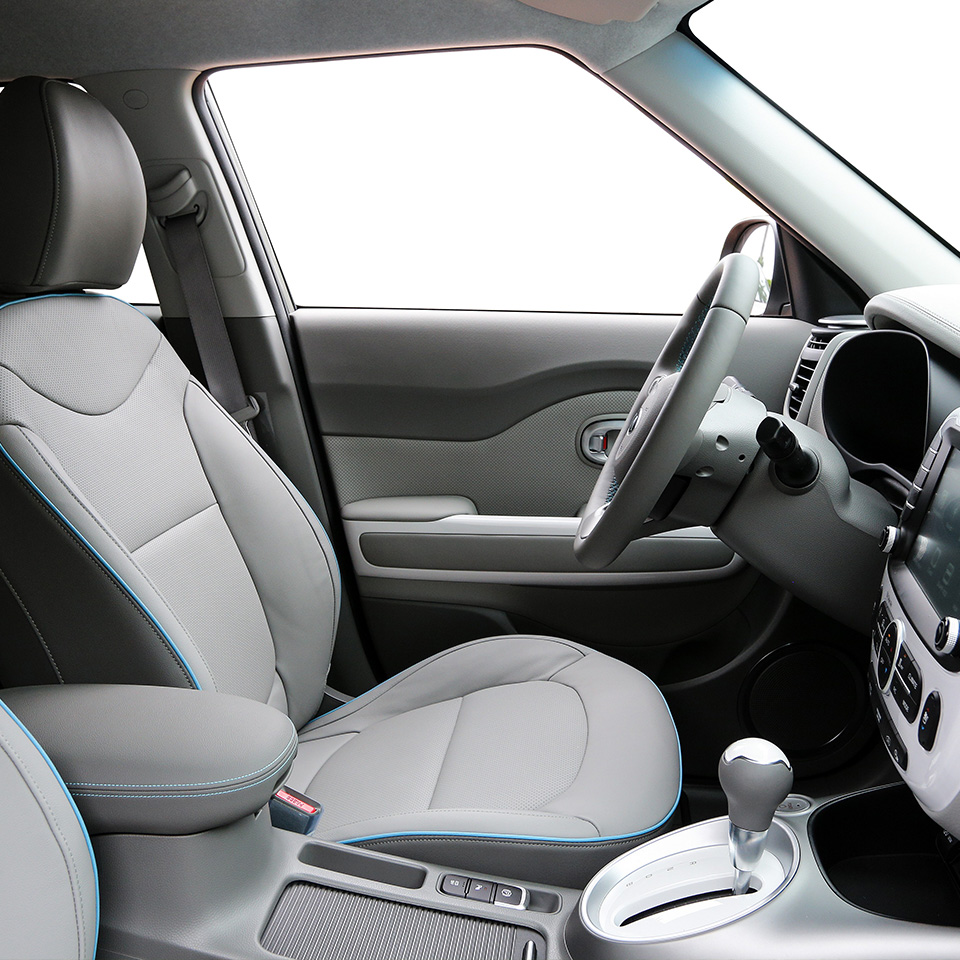


Most automakers are well aware that going green is not a matter of choice any longer. Sustainability has become the top priority, along with reducing CO2 or developing eco-friendly materials. Hyundai Motor Group as well is investing hugely in those 'green' materials.
To be able to call a produced material eco-friendly, either the raw material has to be green or there has to be at least one process modified environmentally friendly. This is not an easy task, especially when you need to manufacture strong and durable products like cars. But still, here are examples: the Hyundai EV Ioniq, Nexo the FCEV, and Kia's second-generation Soul EV.
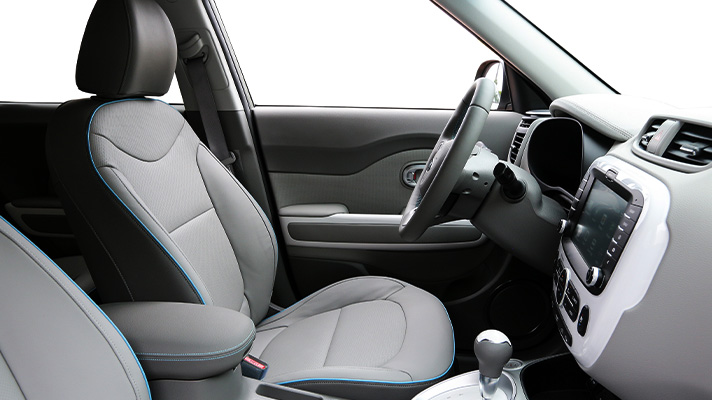
Hyundai Motor Group has produced its EV and FCEV models using eco-friendly materials, not only for the powertrains. They began developing these materials and showcased the Kia 2nd-generation Soul EV housing eco-friendly interior materials.
Generally, automakers use Thermoplastic Olefin (TPO) plastic sheets to make the dashboard for C-segment cars or bigger. TPO plastic can be recycled, but its base materials, polypropylene and polyethylene, require petroleum to be converted to Naphtha and emit CO2 during the process.
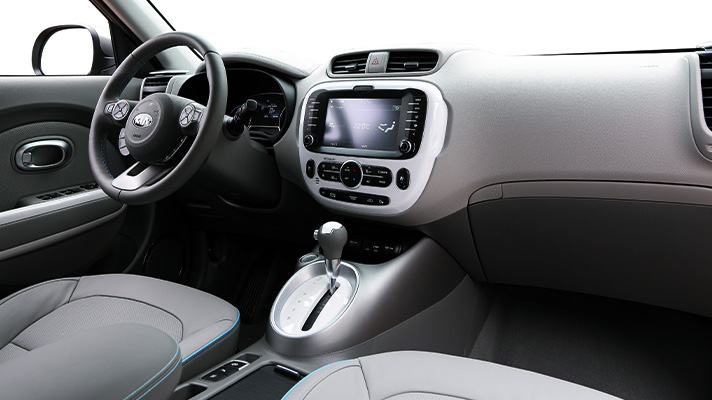
On the other hand, the TPO used for Soul EV is made of bioplastic which is made of biomass. This material is environmentally friendly, because it balances carbon dioxide emissions with carbon removal beyond natural processes, often through carbon offsetting. This is called carbon neutral or carbon zero.
Bioplastic should contain a certain amount of bio-based polymers. Bio-based polymers are defined as materials for which at least a portion of the polymer consists of material produced from renewable raw materials. Although it is not possible for automakers to use 100% biodegradable bioplastic because cars should not be degraded by light or microorganisms, Hyundai tries to maintain 10 to 25% of natural polymer in the bioplastic they use.
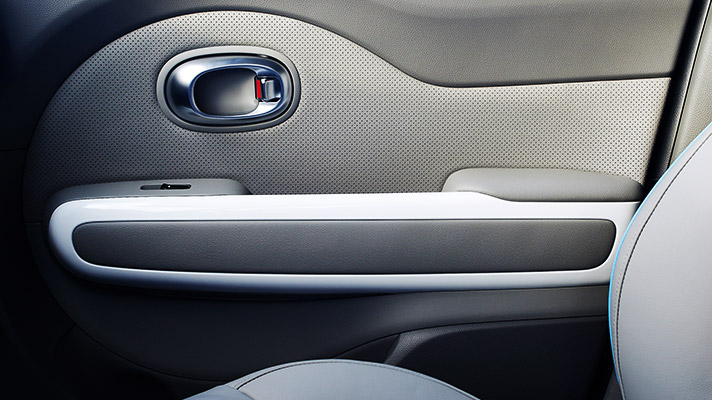
Many eco-friendly materials are used for the interior of Soul EV. Upper door trims and the front and rear console are also partly made of bioplastic from wood. Front and rear pillars and door scuffs contain up to 25% of eco-friendly materials. The more environmentally friendly materials are used, the less CO2 or greenhouse gases they emit.
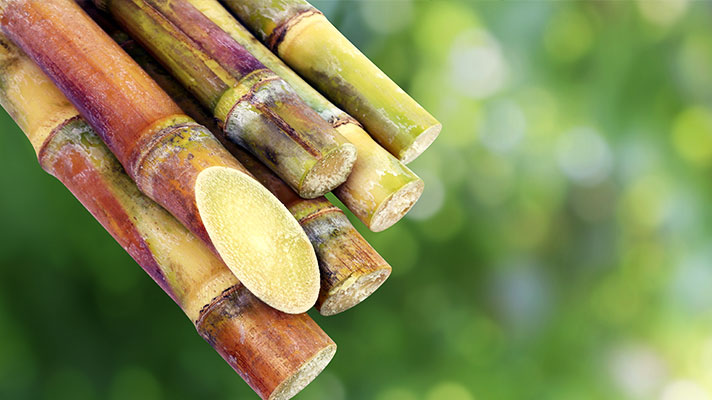
Headlining, seat covers, floor carpets, and mats are also made of Bio-PET fibers. PET, which stands for polyethylene terephthalate, is a form of polyester (just like the clothing fabric). It is extruded or molded into plastic bottles and containers for packaging foods and beverages, personal care products, and many other consumer products. Soul EV contains 23.9kg of bio-materials and 10% of bio-fiber, making it the first car certified by UL(Underwriters Laboratories) in the U.S. that provides third-party verification that the products are environmentally sustainable.
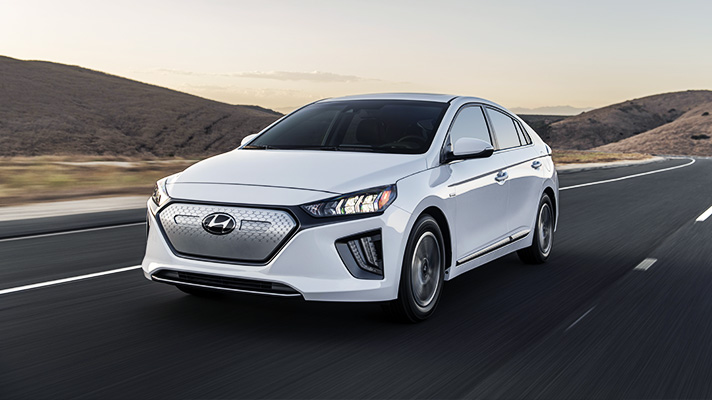
The 2016 Hyundai Ioniq has a high amount of natural materials, and they are highly visible. Passengers can see the wood mulch clearly from the door trims. Unlike Soul EV, the advantage of using natural materials is more obvious.
25% of plastic used for the interior of Ioniq Electric came from wood cellulose(fiber), and the paint used for the window buttons contain 20% of palm seed extract. Seats became more eco-friendly, unlike its predecessor. The material is called Tencel extracted from eucalyptus cellulose. Tencel is also used for producing light bed sheets.
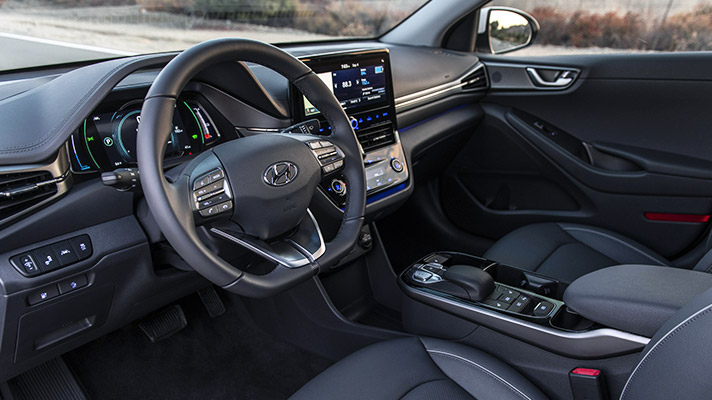
The headrest foam pads in Ioniq Electric are made of bio-polyurethane. This material used 10% of polyol from castor oil, which emits 1.5kg less CO2 than oil-based polyol(3.5kg of CO2) when it is produced. The energy required for producing is also 28% less than oil-based polyol. The protein in castor oil also has antimicrobial effects.
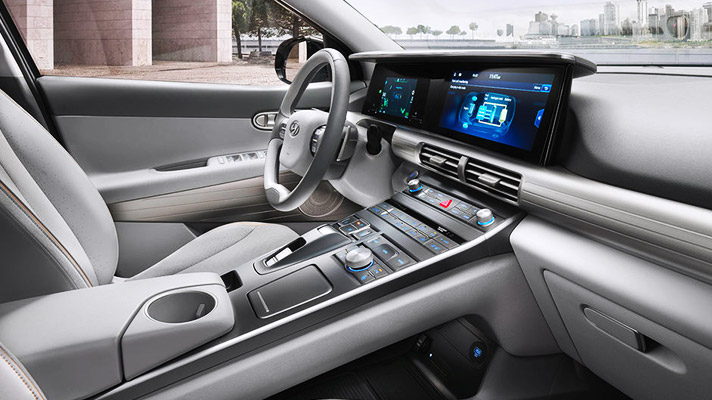
The Hyundai Nexo used bioplastic for its dashboard, center fascia, lower panel, console cover, and steering wheel bezel. The cowl side panels near the floor are also natural. They used more natural materials than its predecessor to make a real eco-friendly car.
Another quality that Nexo possesses is high emotional quality. The high usage of natural materials in Nexo could be possible for the cost-effectiveness; it got cheaper, yet more advanced.
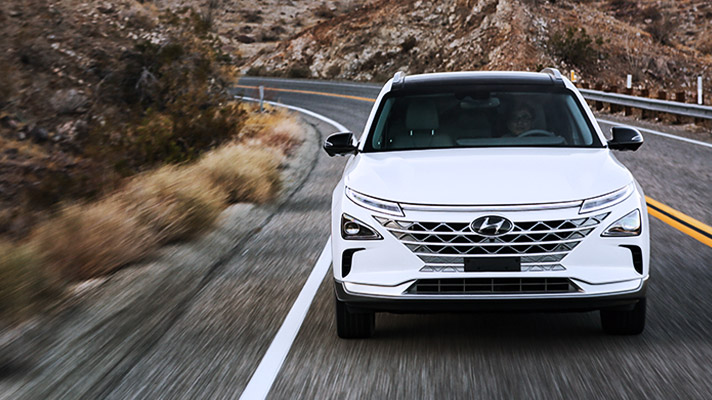
Of course, the durability and thermostability of Nexo are high enough to pass the safety standard. The carpets, seats, headlining, and sun visor cover are all made of bio-fibers. The paint used for the interior is also environmentally friendly, and the exterior houses recycled plastic.
Natural materials are also used in the regular models, not the eco-friendly ones. Castor oil is used for making bio-foam pads for the 7th-generation Sonata and the 5th-generation Grandeur. And since the mid-1990s, kenaf is used for rear package tray. Kenaf is 60% more natural than oil-based plastic, and it is known to absorb CO2 and NO2.
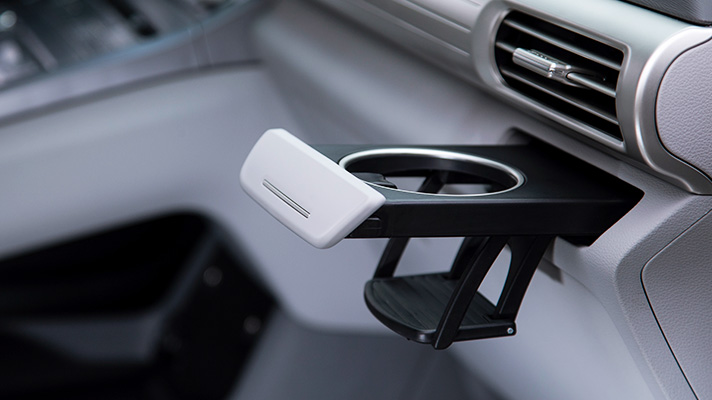
There will be many more natural materials used in the automotive industry, as more consumers care for the environment. Through the Namyang R&D Center, Hyundai will keep developing the usage of bio-materials. Especially, the center aims to protect the environment by up-cycling, which is the process of transforming by-products and waste materials.
Just as we divide human technological prehistory into three parts- the Stone Age, Bronze Age, and Iron Age, now is the Plastic- or Synthetic Macromolecules- Age. Oil-based materials such as plastic are cheap enough to be distributed so widely into our daily lives, but they are killing our environment fast. This is why Hyundai Motors care about developing natural materials such as an eco-friendly powertrain. From plastic straws to interior materials for automobiles, it is time to change everything green.